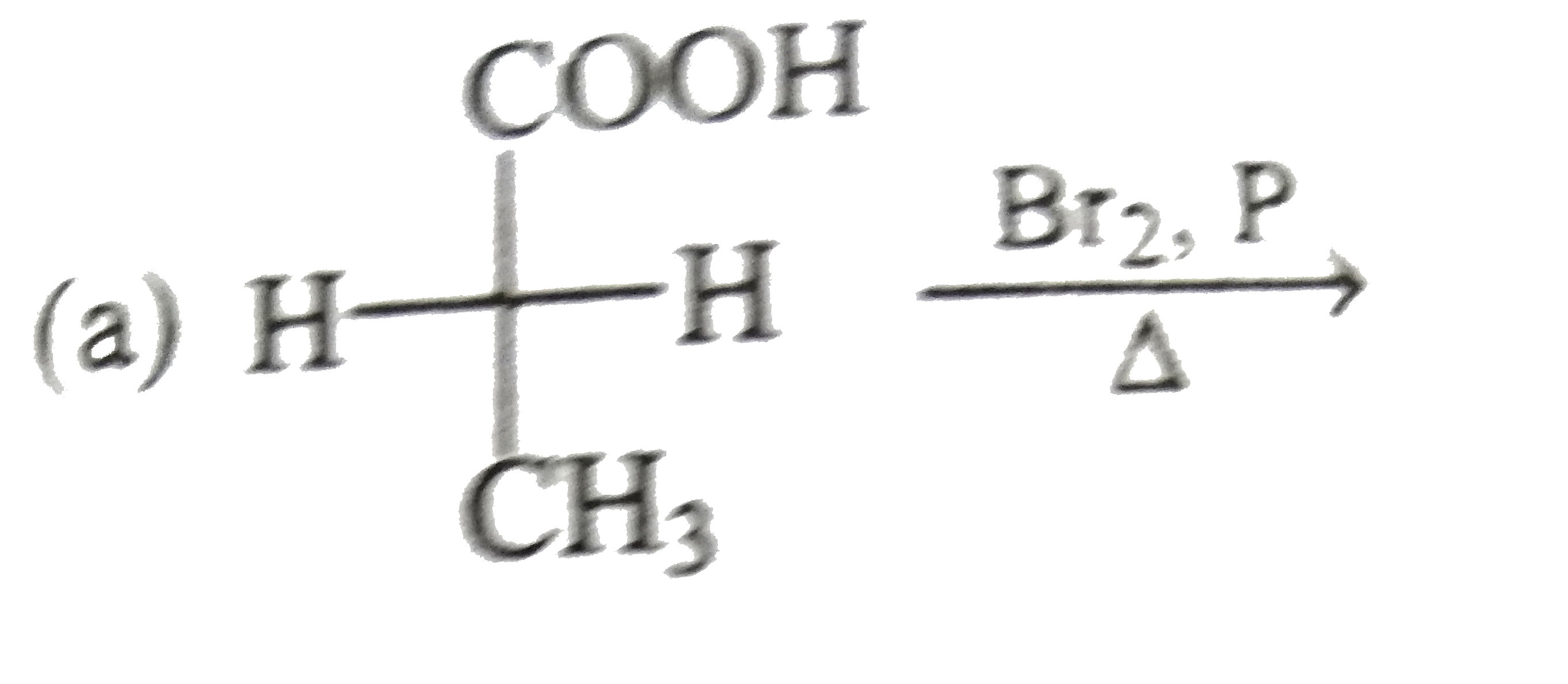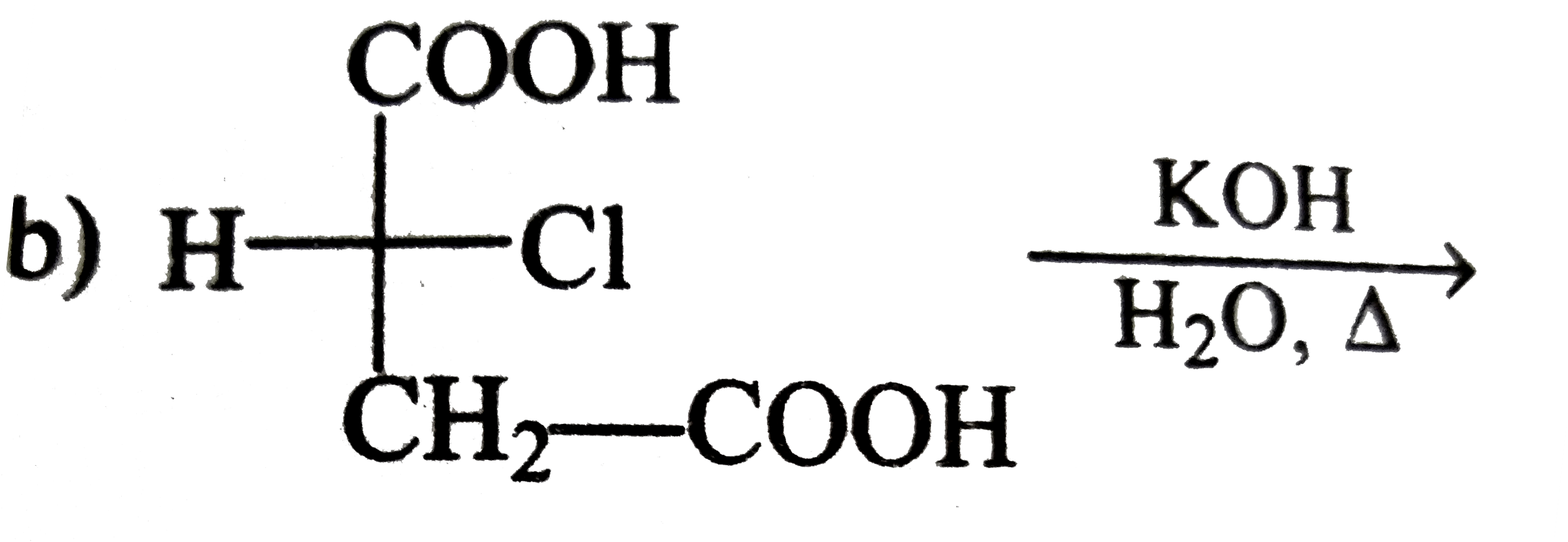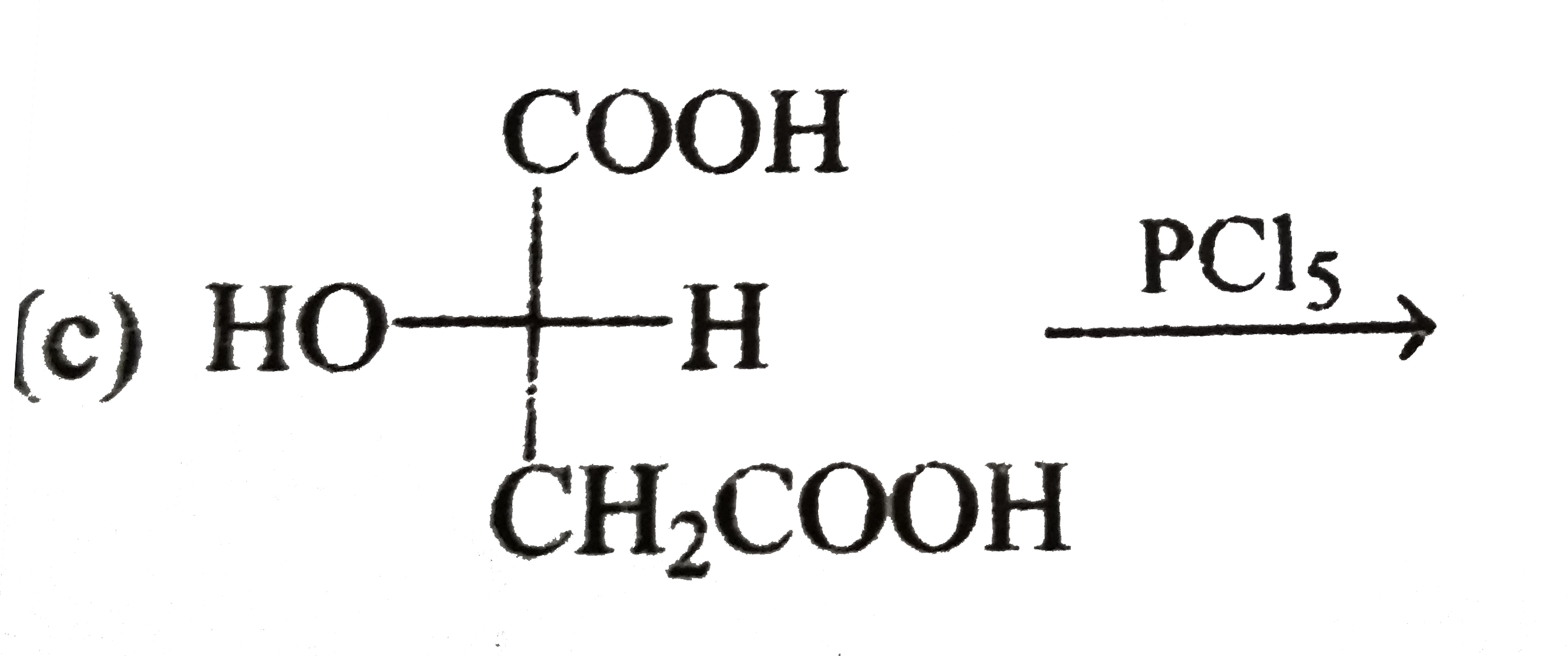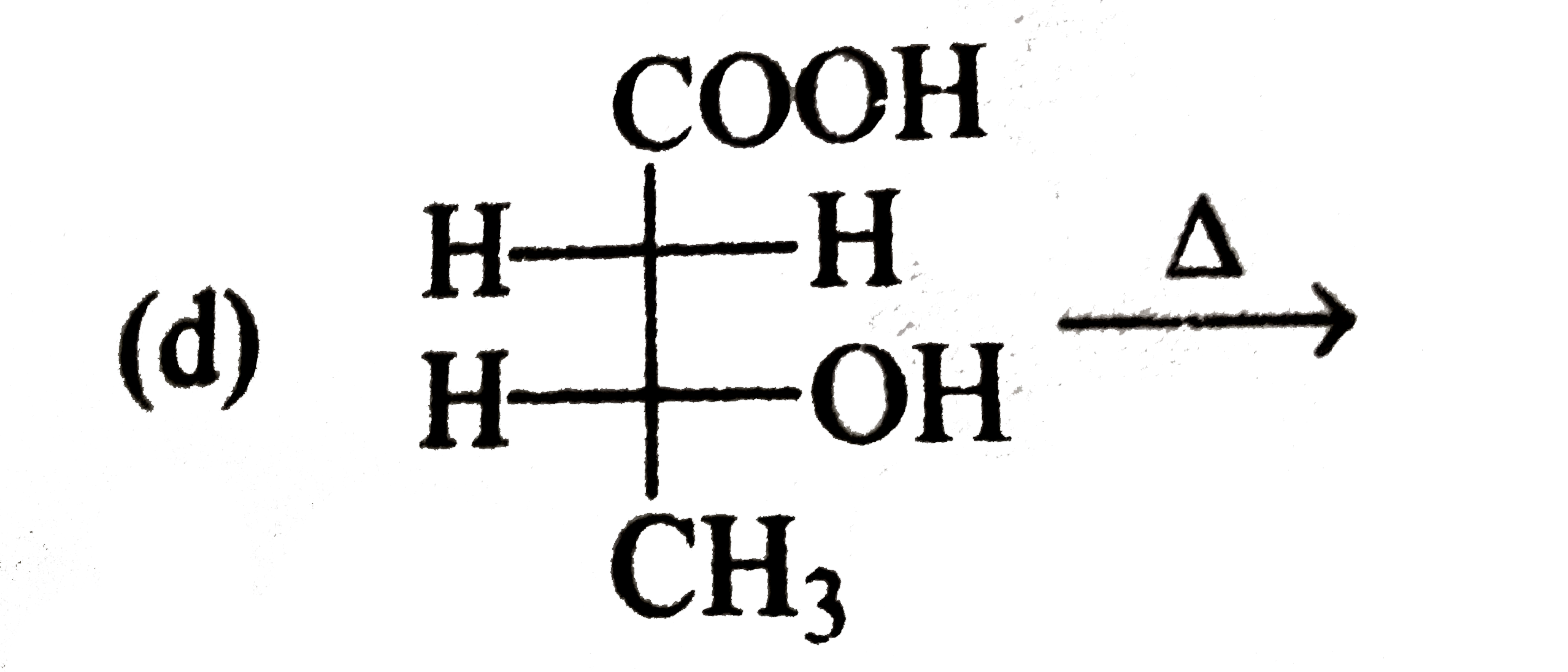An optically active halide when allowed to react with CN− gives a racemic mixture. The halide is most likely to be __________.
primary
secondary
tertiary
quaternary
The correct Answer is:C
Step by step video, text & image solution for An optically active halide when allowed to react with CN^(-) gives a racemic mixture. The halide is most likely to be __________. by Chemistry experts to help you in doubts & scoring excellent marks in Class 12 exams.
Topper's Solved these Questions
- BOOK - TARGET PUBLICATIONCHAPTER - HALOGEN DERIVATIVES OF ALKANES AND ARENESEXERCISE - CRITICAL THINKING76videos
HALOGEN DERIVATIVES OF ALKANES AND ARENES
- BOOK - TARGET PUBLICATIONCHAPTER - HALOGEN DERIVATIVES OF ALKANES AND ARENESEXERCISE - COMPETITIVE THINKING81videos
HALOGEN DERIVATIVES OF ALKANES AND ARENES
- BOOK - TARGET PUBLICATIONCHAPTER - GENERAL PRINCIPLES AND PROCESSES OF ISOLATION OF ELEMENTSEXERCISE - Evaluation Thinking15videos
GENERAL PRINCIPLES AND PROCESSES OF ISOLATION OF ELEMENTS
- BOOK - TARGET PUBLICATIONCHAPTER - MODEL QUESTION PAPEREXERCISE - MODEL QUESTION PAPER-II47videos
MODEL QUESTION PAPER
Similar Questions
Knowledge Check
- Question 1 - Select One
When optically active halide is attacked by CN−, the product obtained is a racemic mixture. Hence, the halide should be
AprimaryBsecondaryCtertiaryDNone of the above - Question 2 - Select One
Which of the following reaction will give racemic mixture ?
A B
B C
C D
D
- Question 3 - Select One
In Wurtz reaction alkyl halide react with
ASodium in etherBSodium in dry etherCSodium onlyDAlkyl halide in ether
The most covalent halide is
View SolutionAn alkyl halide, RX reacts with KCN to give propane nitrile. RX is
View SolutionWhen an alkyl halide is allowed to react with a sodium alkoxide the product most likely ?
View SolutionWhen an alkyl halide is allowed to react with a sodium alkoxide the product most likely is
View SolutionAn alkyl halide reacted with a metal cyanide to give an alkanenitrile. The metal cyanide is -
View Solution

